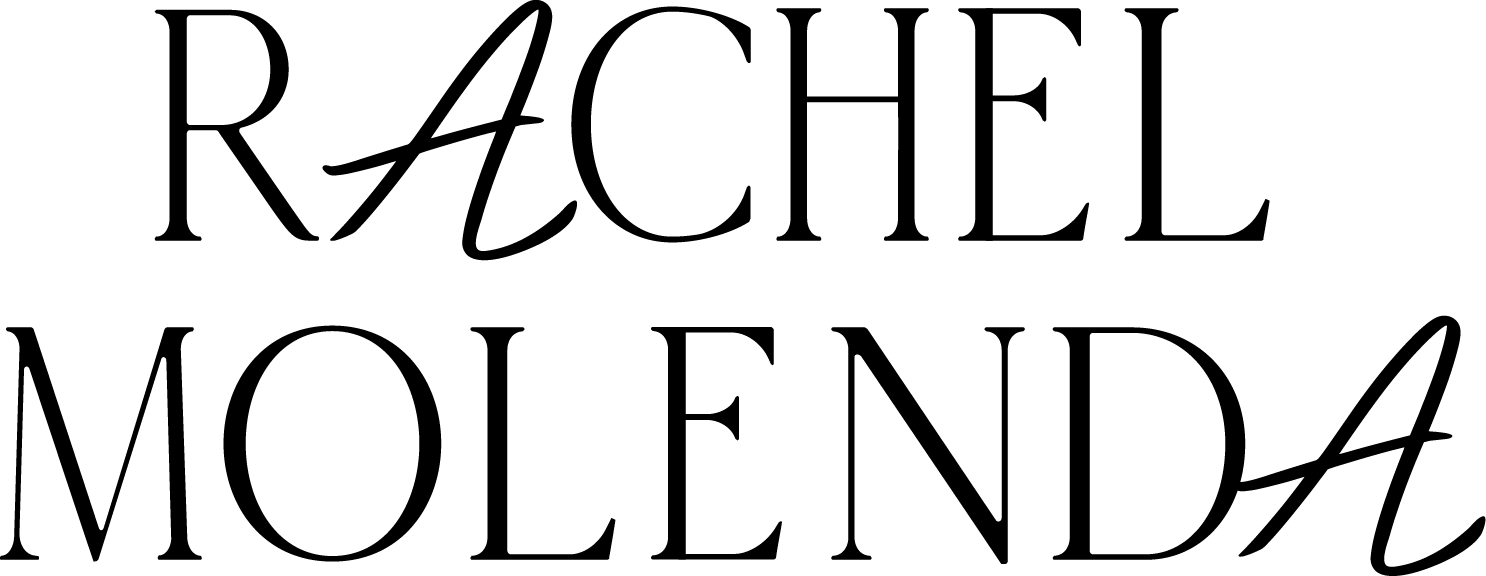Eating Disorders vs. Disordered Eating: What's The Difference?
Most people are familiar with the term “eating disorder”, but less people know about “disordered eating”, which is concerning because more people are affected by disordered eating. I’m going to break down the difference between the two so you know what symptoms to look out for and what path of treatment is best depending on the situation.
Eating Disorders
Eating Disorder are very serious, and can be life-threatening mental and physical illnesses that involve an individual’s relationship with food, eating, exercise and body image. It’s important to note that Eating Disorders are a mental illness. One cannot simply wake up one day and say, “I’m going to be anorexic”.
The DSM-5 (Diagnostic & Statistical Manual of Mental Disorders) lists eating disorders under the category of “Feeding & Eating Disorders” and are typically characterized by a persistent disturbance of eating or eating-related behaviour related to food, body image or mood.
However, an eating disorder cannot be diagnosed by these factors alone, nor can they be identified based solely on an individual’s age, weight, gender, ethnicity, socioeconomic status and/or religion. While some people are more susceptible to eating disorders than others, eating disorders do not discriminate and can affect any individual.
Types of Eating Disorders include:
Anorexia Nervosa - Characterized by persistent energy intake restriction, an intense fear of gaining weight or fat and a disrupted perception of their body weight or shape.
Bulimia Nervosa - Characterized by recurrent episodes of binge eating, which encompasses eating a large volume of food in a short period of time alongside feelings of “being out of control” or auto-pilot, followed by compensatory behaviours to prevent weight gain, such as purging (vomiting).
Binge Eating Disorder (BED) - Characterized by the above mentioned characteristics, without the recurring compensatory behaviours to prevent weight gain, such as purging (vomiting). However, BED behaviours can often be found in those with Anorexia Nervosa and Bulimia Nervosa.
Fast Facts on Eating Disorders:
Eating disorders do not discriminate people based on racial/ethnic background, age, gender and weight.
Eating Disorder onset typically occurs in adolescence, but is not limited to this time period.
There can be several causes of eating disorders, including genetic, biological, behavioural, psychological and social factors.
Eating disorders have the highest mortality rate of any mental illness.
With the right support, recovery from an eating disorder is very possible.
Treatment for Eating Disorders:
National Eating Disorder Information Centre (NEDIC)
Toll-Free: 1-866-NEDIC-20
Toronto: 416-340-4156
Email: nedic@uhn.ca
Disordered Eating:
Disordered Eating is a term used to describe various irregular eating behaviours that may or may not warrant a diagnosis of a specific eating disorder, including food restriction, binge eating, skipping meals, self-induced vomiting, laxative/diuretic/enema misuse, health food obsession, and/or avoiding a type of food or food group.
Many people affected by Disordered Eating are actually affected by Orthorexia Nervosa. Orthorexia is a form of disordered eating that is characterized by having an unsafe obsession with healthy food with a focus on only consuming “pure foods” or eating “clean”. Orthorexia is pervasive and comes with several psychological and physiological effects as it consumes more and more of an individual’s life when left untreated. Orthorexia Nervosa is captured in the DSM-5, but is not specific to Eating Disorders.
While less life threatening, disordered eating comes with many harmful impacts, particularly in the way of psychological damage (i.e. anxiety, depression, OCD) and physiological damage, and can also put someone at a higher risk of developing a life-threatening eating disorder, such as the above mentioned.
Symptoms of Disordered Eating include:
Chronic dieting and food restriction
Anxiety associated with specific foods or meal times
Rigid habits and routines surrounding food and exercise
Feelings of guilt and shame associated with eating
Preoccupation with food, weight and body image-related thoughts
A feeling of loss of control around food, including compulsive eating habits
Using exercise, food restriction, fasting or purging to "make up for bad foods" consumed
Obsession with “clean” or “pure” foods
Feelings of fear if a non-clean or pure food is consumed
Not sure if your habits are “health habits” or disordered eating habits? Click here to find out.
Ultimately, Disordered Eating keeps people stuck in the constant pursuit of “health” that acts as the catalyst for the recurring diet-binge cycle people find themselves in resulting in feelings of guilt and shame.
The big issue here, is that, most people affected by Disordered Eating are under the impression that they are simply eating healthy, and so they blame themselves for their inability to follow a “clean eating” meal or “healthy lifestyle” plan, keeping them stuck in the cycle.
Treatment for Disordered Eating
There are various paths of treatment for Disordered Eating depending on the individual’s state and unique needs, including:
Therapy - When working to resolve your disordered eating, you will quickly discover that it’s not about the food. Often, the causing factors are rooted much deeper, which is why therapy is a very helpful tool when healing from disordered eating. Depending on where you are on the spectrum of disordered eating, you may find therapy alone suffices, or you may want to explore therapy in conjunction with Intuitive Eating support.
Intuitive Eating - Intuitive Eating is a beautiful antedote to disordered eating in that it helps to develop a healthy relationship and attitude towards food and your body. You will be guided through the intuitive eating principles, starting with breaking up with the diet mentality, learning how to re-listen to your hunger cues, making peace with food, respecting your body, all the way to re-integrate gentle nutrition.
If you are looking for one-on-one intuitive eating support, I invite you to apply or get on the waitlist for my coaching program, The Intuitive Way For Eating.
Eager to dive in and get started? Grab my Quickstart to Intuitive Eating Guide or my Intuitive Eating Podcast Guide if you’re more of an auditory learner.




